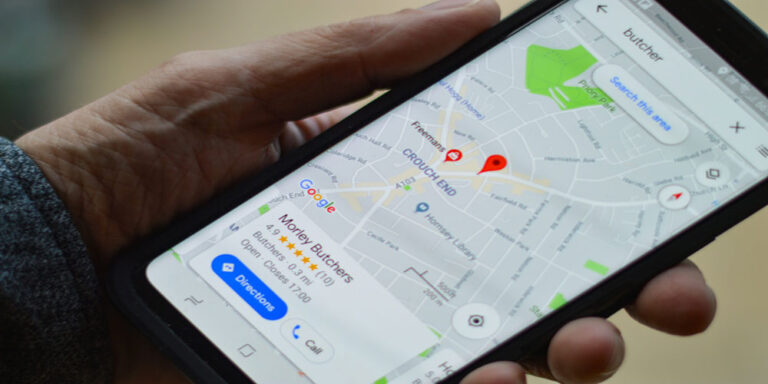
Microsoft Warns of Hacker Attacks
Microsoft has warned that hackers could exploit a “vulnerability” in its operating system to gain user rights to the affected computers. It said attackers could exploit this by requesting users to preview or open a specially crafted email or web content.
Microsoft said it was “aware of targeted attacks” and was investigating.
The issue affects Microsoft Windows Vista, Windows Server 2008, Microsoft Office 2003 – 2010, and Microsoft Lync.
Recent versions of Microsoft Windows and Office are not affected by the issue – which centres on a graphics component. Microsoft said it would take appropriate action to address the issue, which “may include providing a security update through our monthly release process or providing an out-of-cycle security update, depending on customer needs”.
In the meantime, it has advised customers to apply workarounds – a setting or configuration change that “does not correct the underlying issue but would help block known attack vectors before a security update is available”.
According to Microsoft, the flaw lies in the handling of the Tagged Image File Format (TIFF) image files by a graphics processing component in the affected software versions.
In a blog post on the Microsoft Security Response Centre, Dustin Childs a communications manager, said any move by hackers “requires user interaction”. He said that the attacks are disguised as an email requesting potential targets to open a specially crafted Word attachment. If the attachment is opened or previewed, it attempts to exploit the issue using a malformed graphics image embedded in the document.
“An attacker who successfully exploited the vulnerability could gain the same user rights as the logged on user,” Mr Childs said.
Microsoft added that hackers could also exploit the issue via a web-based attack. “An attacker could host a specially crafted website that is designed to exploit this vulnerability and then convince a user to view the website,” it said. However, it added that an attacker would have “no way to force users to view the attacker-controlled content”.
“Instead, an attacker would have to convince users to take action, typically by getting them to click a link in an email message or in an Instant Messenger message that takes users to the attacker’s website.”






